Tag: Howitzer gun
 Wikipedia says: A howitzer is generally a large ranged weapon that stands between an artillery gun (also known as a cannon outside the US) – which has smaller, higher-velocity shells fired at flatter trajectories – and a mortar – which fires at higher angles of ascent and descent. Howitzers, like other artillery equipment, are usually organized in groups called batteries.
Wikipedia says: A howitzer is generally a large ranged weapon that stands between an artillery gun (also known as a cannon outside the US) – which has smaller, higher-velocity shells fired at flatter trajectories – and a mortar – which fires at higher angles of ascent and descent. Howitzers, like other artillery equipment, are usually organized in groups called batteries.
The first artillery identified as howitzers developed in the late 16th century as a medium-trajectory weapon between that of the flat trajectory (direct fire) of cannon and the high trajectory (indirect fire) of mortars. Originally intended for use in siege warfare, they were particularly useful for delivering cast iron shells filled with gunpowder or incendiary materials into the interior of fortifications. In contrast to contemporary mortars, which were fired at a fixed angle and were entirely dependent on adjustments to the size of propellant charges to vary range, howitzers could be fired at a wide variety of angles. Thus, while howitzer gunnery was more complicated than the technique of employing mortars, the howitzer was an inherently more flexible weapon that could fire its projectiles along a wide range of trajectories.
In the middle of the 18th century, a number of European armies began to introduce howitzers that were mobile enough to accompany armies in the field. Though usually fired at the relatively high angles of fire used by contemporary siege howitzers, these field howitzers were rarely defined by this capability. Rather, as the field guns of the day were usually restricted to inert projectiles (which relied entirely on momentum for their destructive effects), the field howitzers of the 18th century were chiefly valued for their ability to fire explosive shells. Many, for the sake of simplicity and rapidity of fire, dispensed with adjustable propellant charges.
The Abus gun was an early form of howitzer in the Ottoman Empire. In 1758, the Russian Empire introduced a specific type of howitzer (or rather gun-howitzer), with a conical chamber, called a licorne, which remained in service for the next 100 years. In the mid-19th century, some armies attempted to simplify their artillery parks by introducing smoothbore artillery pieces that were designed to fire both explosive projectiles and cannonballs, thereby replacing both field howitzers and field guns. The most famous of these “gun-howitzers” was the Napoleon 12-pounder, a weapon of French design that was extensively used in the American Civil War.
In 1859, the armies of Europe (including those that had recently adopted gun-howitzers) began to rearm field batteries with rifled field guns. These field pieces used cylindrical projectiles that, while smaller in caliber than the spherical shells of smoothbore field howitzers, could carry a comparable charge of gunpowder. Moreover, their greater range let them create many of the same effects (such as firing over low walls) that previously required the sharply curved trajectories of smoothbore field howitzers. Because of this, military authorities saw no point in obtaining rifled field howitzers to replace their smoothbore counterparts but instead used rifled field guns to replace both guns and howitzers.
In siege warfare, the introduction of rifling had the opposite effect. In the 1860s, artillery officers discovered that rifled siege howitzers (substantially larger than field howitzers) were a more efficient means of destroying walls (particularly walls protected by certain kinds of intervening obstacles) than smoothbore siege guns or siege mortars. Thus, at the same time armies were taking howitzers of one sort out of their field batteries, they were introducing howitzers of another sort into their siege trains and fortresses. The lightest of these weapons (later known as “light siege howitzers”) had calibers around 150 mm and fired shells that weighed between 40 and 50 kilograms. The heaviest (later called “medium siege howitzers”) had calibers between 200 mm and 220 mm and fired shells that weighed about 100 kilograms (220 pounds).
Showing 1–16 of 187 resultsSorted by latest
-
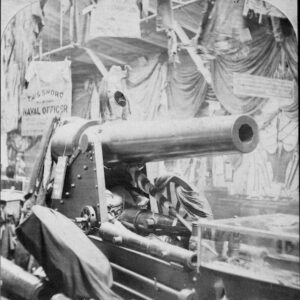
Image ID: AZMG
$0.99 -

Image ID: AZEC
$0.99 -

Image ID: AYYQ
$1.99 -
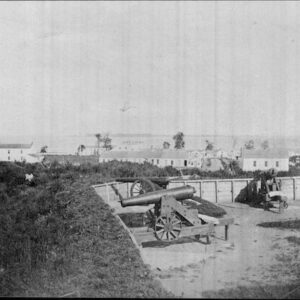
Image ID: AYZC
$0.99 -
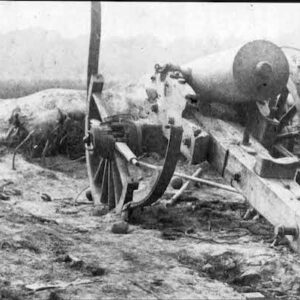
Image ID: AYTX
$0.99 -

Image ID: AYUB
-

Image ID: AYUJ
$0.99 -

Image ID: AYUT
$0.99 -

Image ID: AYUY
$0.99 -

Image ID: AYPJ
$0.99 -

Image ID: AYLG
$0.99 -

Image ID: AYLK
-
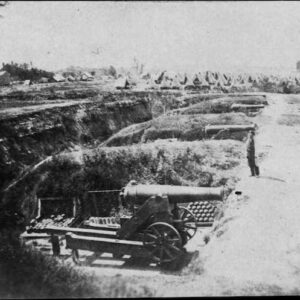
Image ID: AXXC
$0.99 -

Image ID: AXXH
$0.99 -
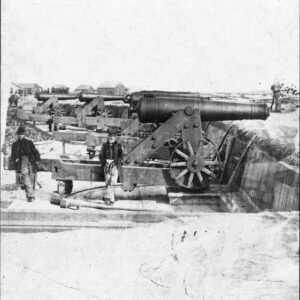
Image ID: ATEK
$3.99 – $6.99 This product has multiple variants. The options may be chosen on the product page -

Image ID: AQBH
$3.99